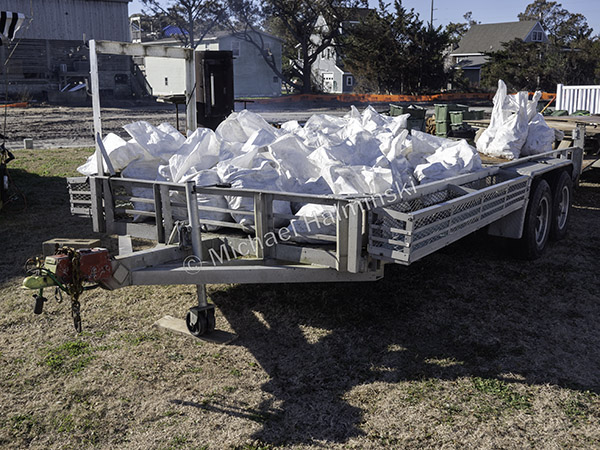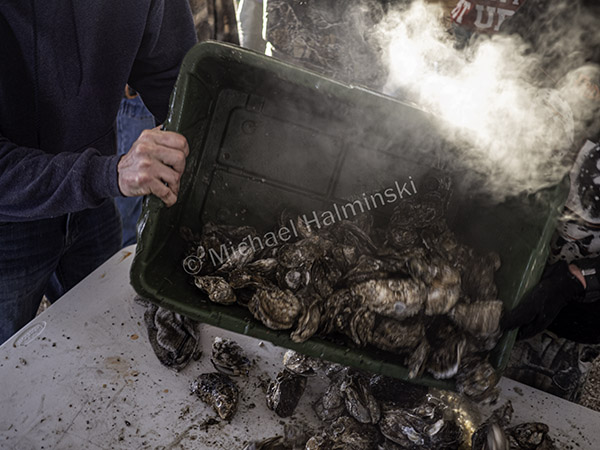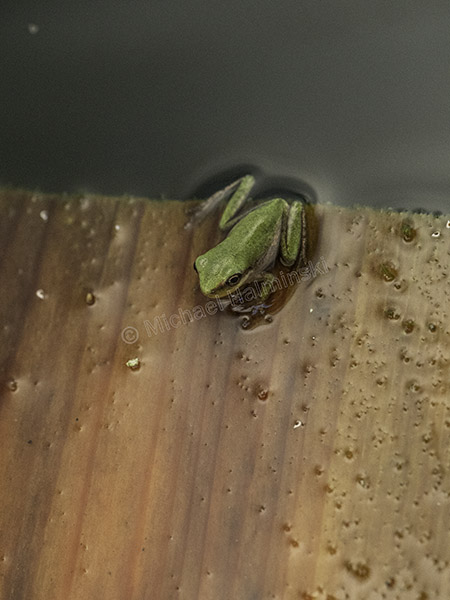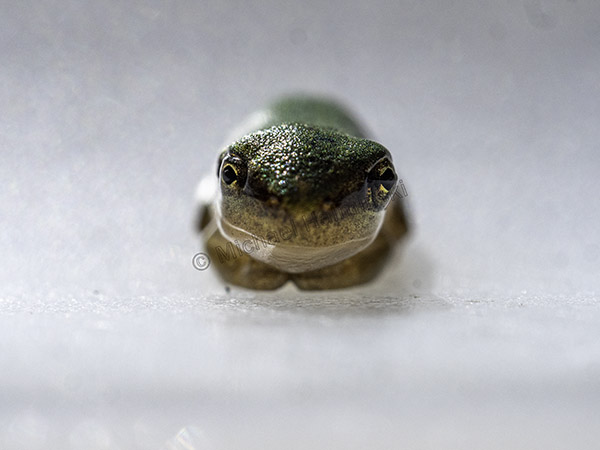As autumn transcends to winter, folks here think about oysters. Community oyster roasts are as popular as ever. It seems there’s always one happening somewhere nearby. They are usually fundraisers for nonprofits.
This year in Rodanthe the 4th annual Shuck Hatteras was celebrated December 20th to benefit Chicamacomico Banks Fire and Rescue. Lots of people pitched in to help prepare and serve wild caught oysters from Swan Quarter.
They started with 75 bushels.
Owen O’Neal began cleaning them with a power washer.
Ronnie and Tyler Jarvis worked fire pits, made from stacked cinder blocks and sheet metal shelves to spread out the oysters. Wet towels hold in the heat, to steam them nicely.
With a couple hundred indulging people waiting, roasting is closely monitored and quickly moved to the tables.
A homemade barbecue oven does a great job. Here Eric Anglin and Ronnie unload a heavy sheet pan for delivery to some hungry connoisseurs.
Like all community roasts, it’s a feeding frenzy that brings people together for a great time.
Until next time… Bon Appétit!
































